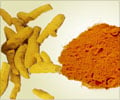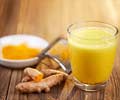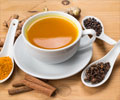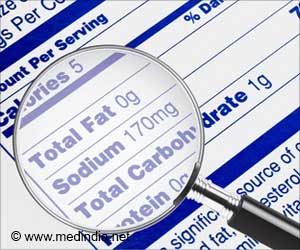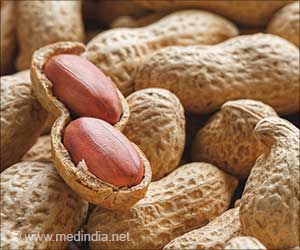The popular golden turmeric milk is an upscale version of haldi doodh, with variants to it.
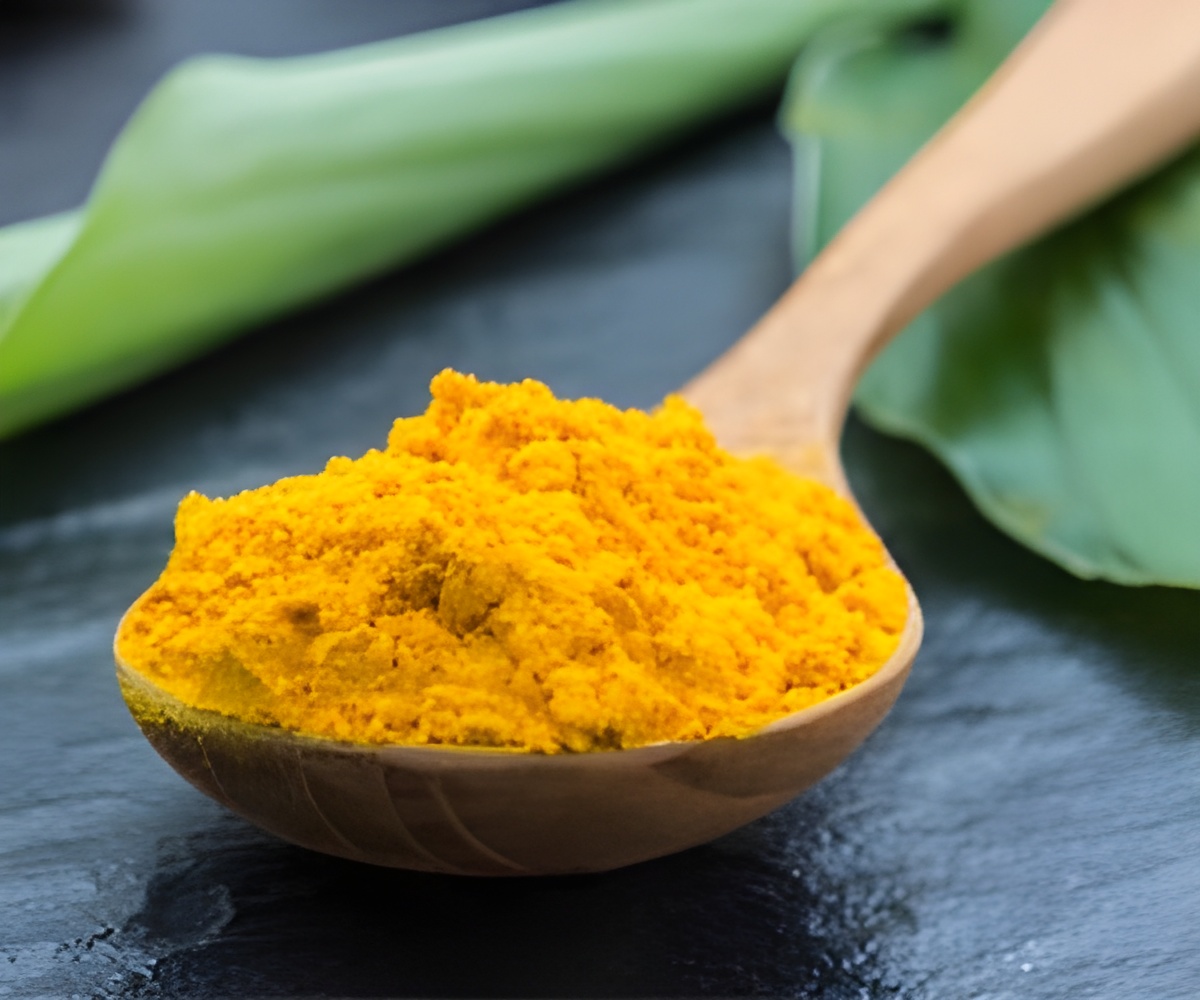
Utilizing a green pH-driven approach for developing curcumin-infused soymilk
Go to source). The researchers will present their results at the fall meeting of the American Chemical Society (ACS). ACS Fall 2024 is a hybrid meeting being held virtually and in person Aug. 18-22; it features about 10,000 presentations on a range of science topics.
‘ Did You Know?
The global turmeric market, driven by products like golden milk, is expected to grow at a CAGR of 7.2% through 2028. #turmeric #haldidoodh #health ’





Golden milk — also called golden or turmeric latte — consists of milk, turmeric, and spices, and is a good option for people who want to avoid caffeine or coffee or maybe enjoy a unique flavor. The global turmeric market, driven by products like golden milk, is expected to grow at a CAGR of 7.2% through 2028. #turmeric #haldidoodh #health ’
“It’s a very good beverage, especially if it’s cold outside, or if you’re sick,” explains Anthony Suryamiharja, a graduate student at the University of Georgia who’s presenting the research at the meeting.
He says turmeric also features the bioactive compound curcumin — a polyphenol that has been studied for its potential anti-inflammatory and antioxidant effects.
“If we can incorporate bioactive compounds like curcumin into plant-based milk to bring them up to the same nutritional level as cow’s milk, why not?” asks Suryamiharja.
Curcumin, however, is difficult to separate from turmeric, typically requiring complicated extraction techniques that involve organic solvents, multiple days, and lots of energy. In addition, the compound tends to break down over time, shortening its shelf life.
Advertisement
Golden Turmeric Milk — From Tradition to Trend
They first added turmeric powder to an alkaline solution, where the high pH made the curcumin more soluble and easier to extract than in plain water. This deep red solution was then added to a sample of soy milk, turning it a dark yellow color.The neutralized pseudo-golden milk could be enjoyed as-is, but to further preserve it, the team removed the water from the solution through freeze-drying, producing an instant golden milk powder.
Not only does the method extract curcumin from turmeric more efficiently than existing methods, but it also encapsulates the curcumin in oil droplets within the soy milk.
This means that when consumed, our bodies recognize the curcumin as fat and digest it as such, theoretically making the curcumin more bioavailable, or likely to be absorbed and able to have an effect on the body.
Encapsulating the curcumin also protects it from air and water, preserving it and keeping it shelf-stable for longer.
While this work focused specifically on soy milk because of its high amino acid content, the researchers say that it could be applied to other plant-based milks, providing options for those with allergies to soy.
In addition, their pH-driven extraction method could be used on different plant compounds with similar ease and efficiency. For example, blueberries are rich in anthocyanins, another water-soluble polyphenol.
“When we use the same method, within around a minute we can extract the polyphenols,” explains Zhou.
“We want to try and use it to upcycle by-products and reduce the food waste from fruit and vegetable farming here in Georgia.”
Though more research is needed before their instant golden milk appears on store shelves, the researchers’ initial result is promising — Suryamiharja reports that it tasted good, despite not being a frequent golden latte enjoyer himself.
The team hopes that this work can help explain the chemistry behind what may seem like nothing more than a simple beverage, as well as improve that drink’s nutritional value and convenience for those who enjoy it.
Suryamiharja explains that “people usually do a lot of simple things in the kitchen, but they don’t realize there’s a chemistry behind it. So, we’re trying to explain those unspoken things in a simple way.”
Reference:
- Utilizing a green pH-driven approach for developing curcumin-infused soymilk - (https://acs.digitellinc.com/p/s/utilizing-a-green-ph-driven-approach-for-developing-curcumin-infused-soymilk-poster-board-690-603662)
Source-Eurekalert

